Coronavirus: Warning over long-term lung damage
- Published
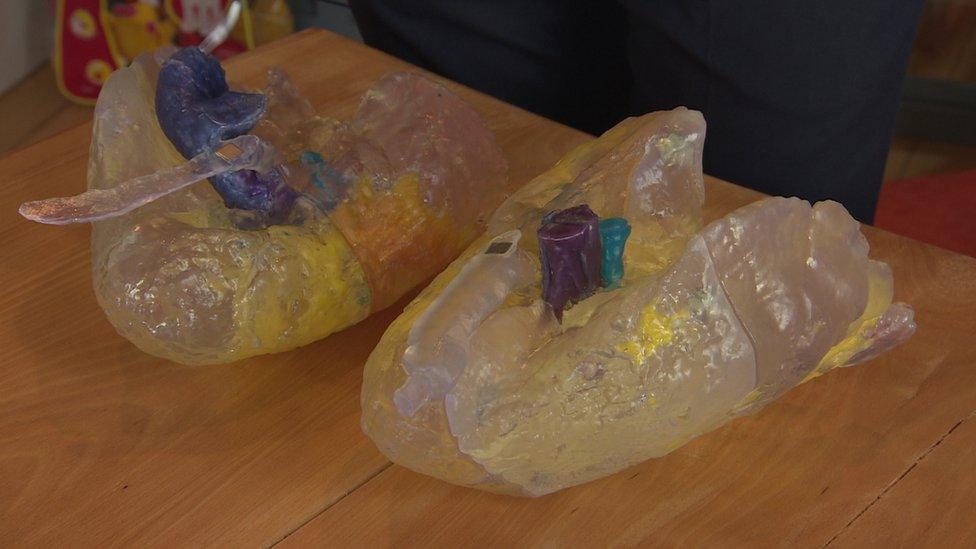
A local firm has produced a 3-D model of the lungs
A respiratory doctor has warned of the long-term treatment facing many Covid-19 survivors.
The virus often causes pneumonia and can lead to the lungs being critically damaged.
To help doctors try to understand the effects of Covid-19, a local printing firm has produced a 3-D model of infected lungs.
The result and impact of the anatomical innovation is both shocking and dramatic.
Dr Paul McKeagney, a consultant respiratory physician, said: "The yellow material inside the model represents pus which is the inflammatory response that the body produces.
The virus causes the body to react to it, says Dr Paul McKeagney
"So that is all sitting in parts of the lungs which are usually hollow and used for gas exchange.
"When full of the pus and some of the watery substance, this means that the lungs essentially fail to function properly and that's why a lot of help is required for breathing."
Someone who knows exactly what that is like is Covid survivor Niall Murphy.
He spent 16 days in an induced coma after contracting the virus during a visit to New York in March.
Four months on and his lungs are still recovering.
Niall Murphy: 'It has been a rollercoaster'
"My voice wouldn't be as strong as it was, my breathing is not back where it was," he said.
"I would estimate that my lung capacity is perhaps 50 to 60% of what it used to be.
"I was at the hospital yesterday for x-rays, I had another appointment with my consultant to review how the lungs are clearing up six weeks after being released from hospital - I still had traces of pneumonia in my left lung and that's very concerning."
Mr Murphy is one of thousands of people who have been helped by the charity NI Chest Heart and Stroke.
Reaching out to Covid patients they have established a Covid-19 recovery service, to help survivors deal with the physical and psychological problems caused by the illness and assist them in building up their lungs and general health on the road to recuperation.
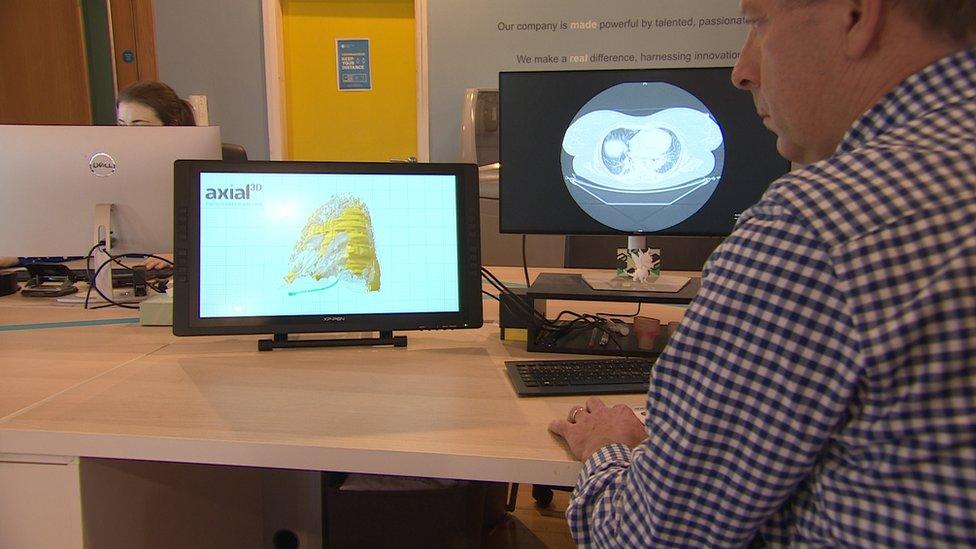
The yellow material is pus which is the inflammatory response that the body produces.
Pauline Millar, head of respiratory services at NI Chest Heart and Stroke, said: "We will be talking about how people are sleeping, how they're exercising, how they're dealing with the difficult emotions that are actually caused by this lockdown period and from having the disease itself and from having the virus.
"And we'll be offering people, first an assessment over the phone to hear where they're at now, how they're coping and then if they would like we'll bring them into the six-week programme which we've redesigned.
"It is by phone and online video calls and then that will guide them through on a week-to-week basis on how they can better manage their long term condition. "
One of the very basic and effective exercises they have done with patients is teaching them how to breathe properly again - using their lungs to their fullest capacity.
According to Niall Murphy the online sessions have been extremely helpful.
"They are teaching me how to breathe, how to use my lungs better and how not to be anxious," he said.
"That's important - it's also about learning how to take one step at a time and if I need to rest then I do."

Belfast company Axial 3-D specialises in producing 3-D printing for the healthcare sector
Roger Johnston is chief executive officer of Axial 3-D, a Belfast company which specialises in producing 3-D printing for the healthcare sector.
He says printing the Covid lungs model is probably one of the most challenging things they have done so far.
"Talking to radiologists, we said what about looking at Covid lungs," he said.
"So they sent us a couple of sets of scans and we printed them out and we got this incredible result where we are now able to visualise lungs like probably they have never been seen before."
The company has transported the models to over 100 hospitals around the world.
The model is a good example of science, technology and medicine merging.
According to all involved, it is a small but significant step in trying to better understand and treat covid-19.
- Published8 July 2020

- Published24 December 2020
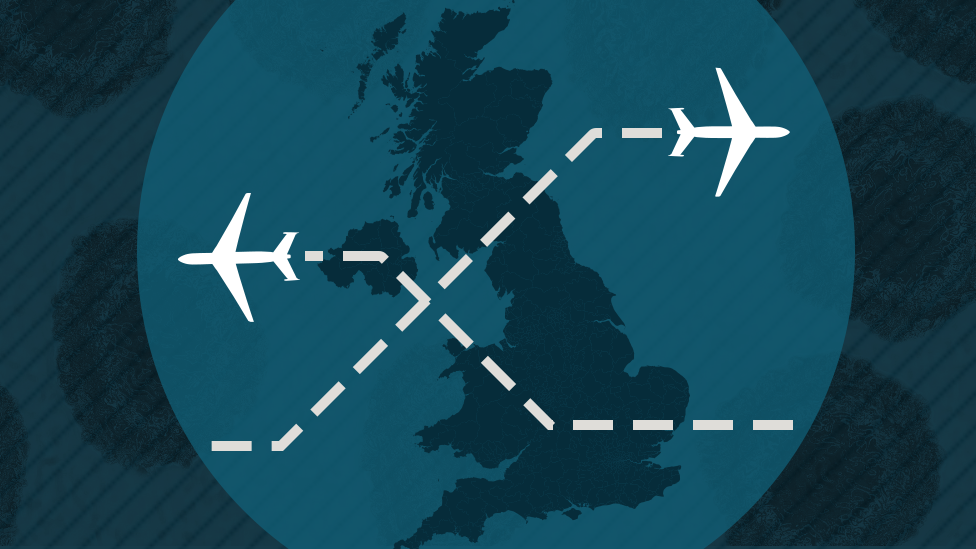
- Published3 June 2020
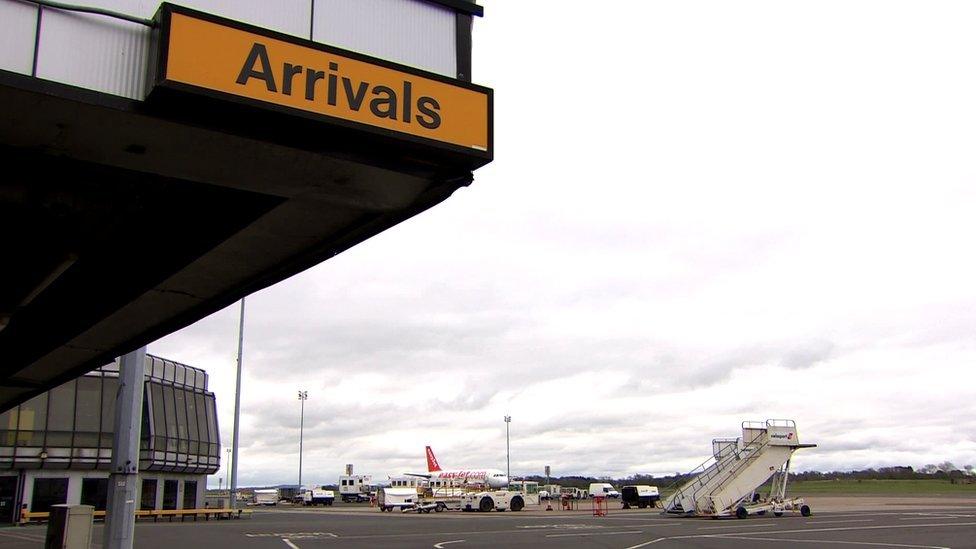
- Published8 July 2020
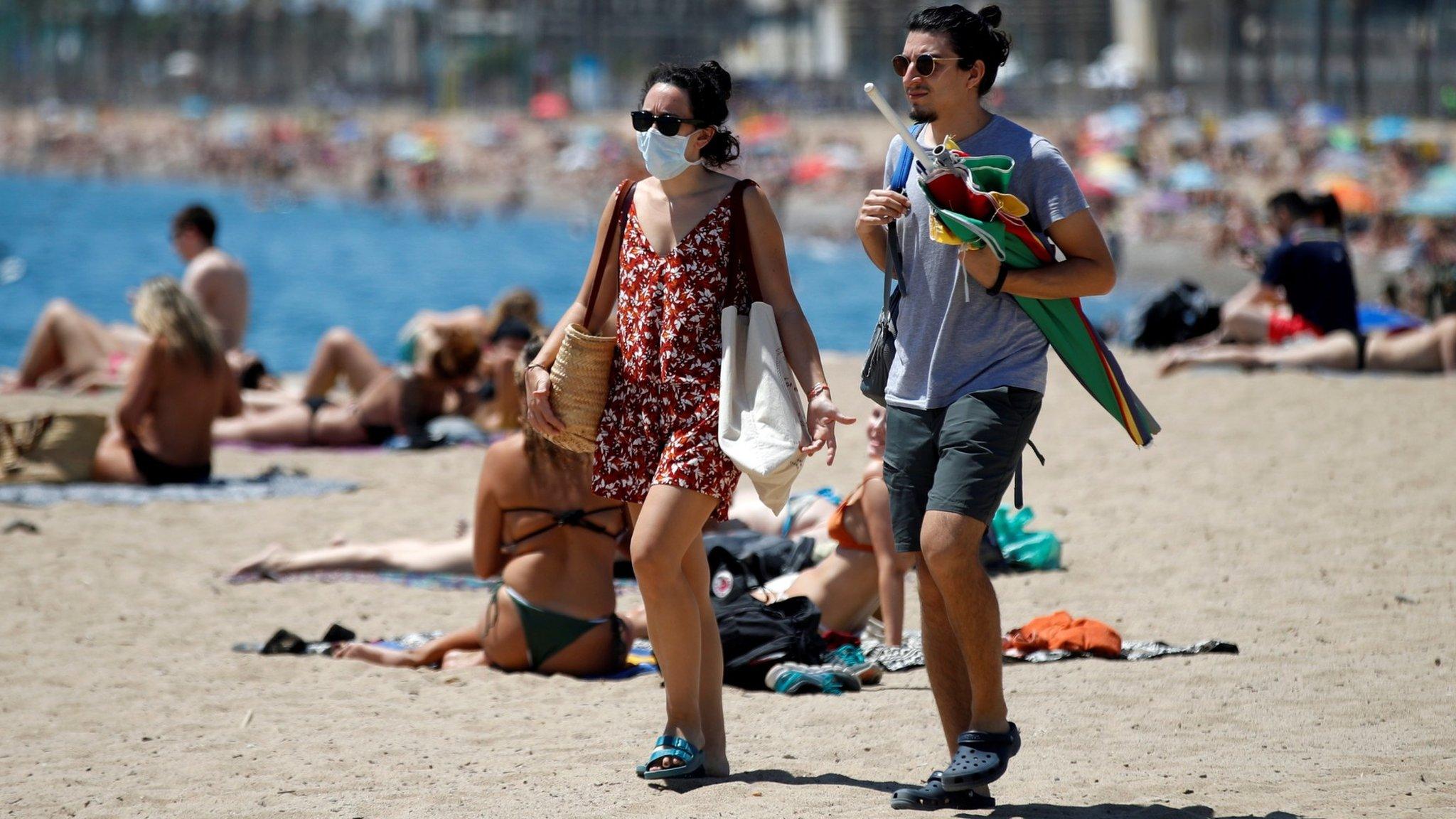
- Published11 February 2022
